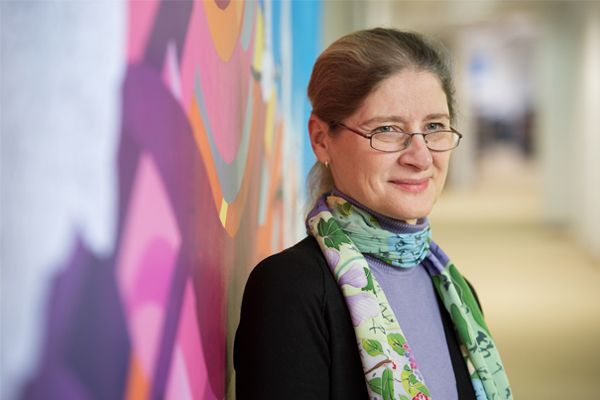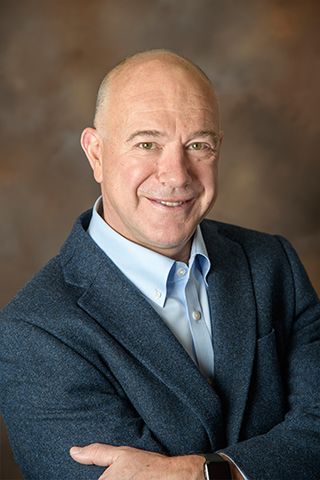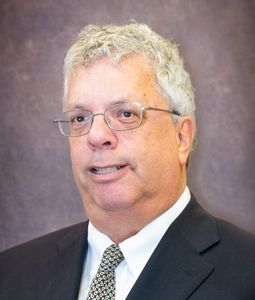- Bone Health
- Immunology
- Hematology
- Respiratory
- Dermatology
- Diabetes
- Gastroenterology
- Neurology
- Oncology
- Ophthalmology
- Rare Disease
- Rheumatology
Biosimilar Experts Poke Holes in MSK's P-quad Model on Biosimilar Pricing
Biosimilars get short shrift in a proposed pricing model developed by the Drug Pricing Lab at Memorial Sloan Kettering (MSK), experts say.
Editor's note: Read the first story in this series about the Memorial Sloan Kettering biologics drug pricing model.
A proposal to cap biologics prices on the theory that biosimilars are not producing hoped-for savings is not practical and could undermine savings achieved so far with these agents, a diverse panel of biosimilars professionals told The Center for Biosimilars®.
The Drug Pricing Lab at Memorial Sloan Kettering (MSK) has developed what it calls the Production Plus Profit Pricing (P-quad) model, which would allow originator companies to enjoy product exclusivity for a maximum of 12 years, as guaranteed under the Biologics Price Competition and Innovation Act (BPCIA); however, after that point, originator product and biosimilars would be priced according to production costs and a 10% profit only.
“We assume that net biologic prices (after rebates) paid by plan sponsors and the federal government would decrease to 35% of current levels following the end of the 12-year exclusivity period,” said a Milliman report on P-quad commissioned by the Drug Pricing Lab.
Undermines Free Enterprise
Gross spending on biologics increased 14.6% annually from 2015 to 2019, according to Milliman, and reining in this meteoric rise is essential to ensure access and affordability for patients; however, P-quad would involve a disruptive reconstruction of the pricing system, said Gillian Woollett, principal research scientist for Avalere Health, which consults on health care issues for health plans, providers, government agencies, and industry associations.
“Biosimilars approved in any of the highly regulated markets can compete with their reference products if the reimbursement and commercialization incentives are fair—hence, we do not need to wholly remake the US free market system to enable their use. Indeed, that would be counterproductive and likely extremely slow,” Woollett said.
“The proposal requires the originators to disclose their development costs to provide the base for the future 10% profit after exclusivity expires, and I simply do not see that happening. Hence, their proposal is not feasible either,” she added.
Patents Are Property
Stacie L. Ropka, PhD, an intellectual property attorney with Axinn, Veltrop & Harkrider, who specializes in the life sciences, noted that patents obtained for biologics products often extend protections well beyond the 12 years of guaranteed exclusivity under the BPCIA and cannot be swept away so easily.
“It appears from the description of P-quad provided by the Drug Pricing Lab and Milliman that patent rights would not entitle originator companies to longer protection from biosimilar price competition, and this is problematic from a legal standpoint as it would take away the property rights afforded under the patent laws of the United States,” Ropka said. "Presumably, originator companies would still be able to use their patents to protect market share," Ropka added.
If P-quad were to be implemented, the battleground could potentially shift toward emphasis on production techniques, which are often proprietary and could give one company an advantage over another, Ropka said. “For example, you have to worry about the patents that protect methods to increase yield thus bring down the costs of production. Biologics companies are working quite a bit on bringing the costs of production down.”
Originator companies would be able to recoup their product development costs under P-quad, but biosimilar companies would not be able to do the same, and it has been estimated that the costs of developing a biosimilar may reach $200 million. This, too, is problematic. A biosimilar developer that cannot have its development costs factored into the product price may be discouraged from producing, Ropka said. “If there is no upside for a biosimilar, why would they bother?”
Ivo Abraham, PhD, a professor at the University of Arizona Center for Health Outcomes and PharmacoEconomic Research, agreed, saying “given all the challenges in the United States to get your product approved, starting with patent minefields and litigation, often over minor details.”
He suggested that preclinical development, clinical development, and marketing expenses are background costs of bringing biosimilars to market that do need to be compensated.
Given the many stakeholders in the biologics marketplace, there are likely to be many competing arguments for how this formula should be determined, and the P-quad formula for determining manufacturer compensation, along with the proposed 10% cap on profits, would inevitability face stout opposition in court, Abraham said.
The P-quad model was developed by Peter Bach, MD, MAPP, director of MSK’s Center for Health Policy and Outcomes, and Mark Trusheim, MSc, a visiting scientist with the Sloan School of Management at Massachusetts Institute of Technology.
Faint Praise
P-quad underrates the accomplishments of biosimilars thus far in bringing medicine into the affordable range for many Americans, said Charles L. Bennett, MD, PhD, a professor in the clinical Pharmacy and Outcomes Sciences department at the College of Pharmacy of the University of South Carolina.
“Peter Bach's proposal of setting biologic prices at cost-plus rather than allowing for competitive markets to work will set biosimilar development back a decade,” Bennett said. “The current utilization and economic success of the first 2 US oncology biosimilars, for filgrastim and epoetin, now account after a few years for up to 70% market share [vs originator brands] and 40% price reduction.”
Similar advances can be expected for other biosimilars as they become established, Bennett said. “Savings with other biosimilars will occur in the competitive marketplace, pending policy attention to anti-competitive pay-for-delay agreements and extensive patent thickets used by reference biologic sponsors. As former FDA commissioner Scott Gottlieb noted in the FDA's Biologic Action Plan, strengthening competition in biosimilar markets, rather than setting low prices for originator biosimilars, will facilitate biosimilar savings for all biosimilars.”
Abandoning free-market pricing dynamics could undo much of this progress, he said. “Artificial pricing is a terrific way to stop innovation and to end the rollout of potentially blockbuster savings with biosimilars.”
Newsletter
Where clinical, regulatory, and economic perspectives converge—sign up for Center for Biosimilars® emails to get expert insights on emerging treatment paradigms, biosimilar policy, and real-world outcomes that shape patient care.




